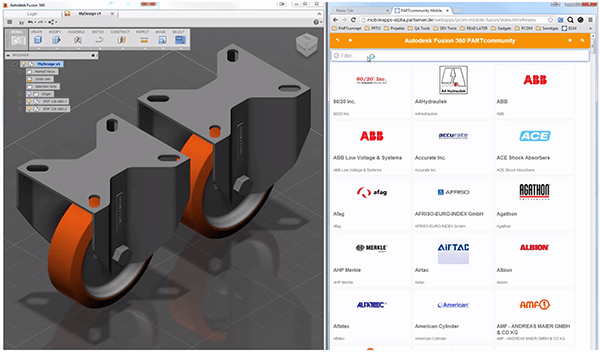
P Cad 2006 Libraries In Las Vegas
Confined aquatic disposal (CAD) cells are increasingly becoming the selected option for the management of unacceptably contaminated sediments. CAD cells are selected as the preferred alternative because this approach provides an acceptable compromise when cost, logistics, regulatory acceptance, environmental risk, and perception of various alternatives are considered. This preference for CAD cells often occurs even when other alternatives with similar risk reduction and less cost, such as an open water capping alternative, are considered as options. This paradox is largely a result of subjective factors that affect regulatory acceptance such as public perceptions.
Further, following this list is a set of bound volumes that are specifically course- related materials. Batzinger – Master of Science in Applied Mathematics and Computer Science. A CAD BASED COMPUTER AIDED TOLERANCING MODEL FOR THE MATCHING. LIKE LAS VEGAS.
INTRODUCTION Confined aquatic disposal (CAD) cells are constructed to reduce the risk from unacceptably contaminated sediments (UCSs) by storing them in a depression in the bottom of an aquatic system (Figure ). Confined aquatic disposal cells may be constructed from (1) naturally occurring bottom depressions; (2) sites from previous mining operations, such as beach nourishment borrow sites; or (3) new dredging operations created expressly for the containment structure.
Confined aquatic disposal cells can reduce the risk from UCSs by confining the sediments to a smaller footprint, increasing contaminant diffusion times, removing UCSs farther from physical processes that can result in transport, and providing a means to effectively cap the sediments. All of these factors can contribute to the reduction or elimination of exposure pathways and the reduction of contaminant transfer rates, which results in a reduction in risk to human health and the environment. Confined aquatic disposal cells are being selected as the alternative of choice by a growing number of navigation dredging and sediment remediation projects such as harbors in Boston, Massachusetts, USA; Providence, Rhode Island, USA; and Los Angeles, California, USA (USACE, MPA; USACE,; Alfageme et al.; Moore et al. ), and the Puget Sound Naval Shipyard, Bremerton, Washington, USA; St.
Louis River–Duluth Tar Site, Duluth, Minnesota, USA (USEPA; MPCA ); and Hong Kong airport (Whiteside et al.; Shaw et al. Capture pro kodak. ) sediment clean‐up projects. Selection of the CAD cell alternative is often made from a suite of alternatives that includes open water placement, followed by capping, enhanced natural recovery, diked confined disposal facilities, upland placement, treatment, and no action. This article discusses some of the factors that have lead to the increasing popularity of the CAD cell alternative as well as some of the disadvantages that need to be considered before its implementation. REGULATORY FACTORS A primary consideration for any alternative that is being evaluated by a project proponent is whether the alternative will be acceptable to the relevant permitting agencies. Usually permitting for aquatic sediment disposal involves seeking approval under the Clean Water Act (CWA) or the Marine Protection, Research, and Sanctuaries Act and reviews by the US Army Corps of Engineers, US Environmental Protection Agency (USEPA), and relevant state environmental agencies. Local approvals may also be necessary from conservation commissions, boards of health, or other relevant agencies.
Various federal, state, nongovernmental organizations, and the public are also involved during project review. Proposed locations for CAD cells are often near the dredging location in inland waters regulated by the CWA (e.g., within the confines of rivers, harbors, estuaries, and bays), whereas open water capping alternatives often involve consideration of deeper‐water, offshore sites regulated by the Marine Protection, Research, and Sanctuaries Act (ocean waters within and beyond the territorial sea). When this situation arises, the current USEPA policy that capping is not an acceptable management method under the Marine Protection, Research, and Sanctuaries Act favors the selection of the CAD cell alternative. Crack virtual dj home edition 2006.

Other regulatory factors that favor selection of CAD cells over other alternatives include consideration of adjacency issues and transportation effects. Confined aquatic disposal cells are often proposed close to the area where the UCS are currently lying and thus the area may already be ecologically impaired.
As a result, no new area is affected by creation of the CAD cell, and the UCS sediments are kept close to their source and handled “on site.” Under the CWA regulations, adjacency, in addition to the limitation of impacting new areas, can be an important decision factor favoring CAD cell use. For many environmental remediation projects, on site alternatives receive preferential consideration under both federal and state remediation legislation. Schematic confined aquatic disposal (CAD) cells.